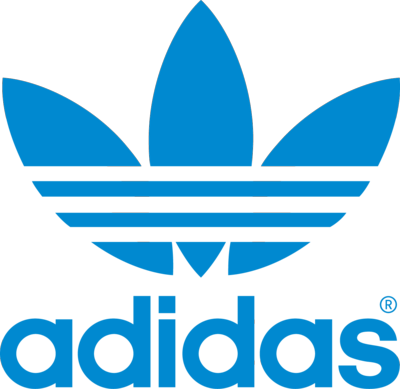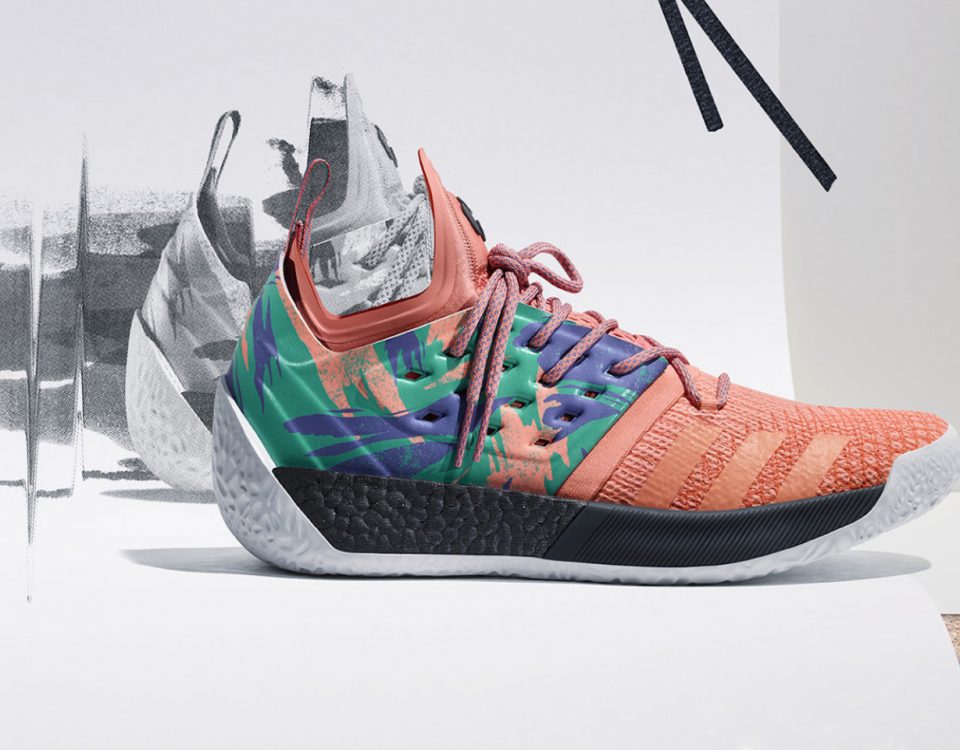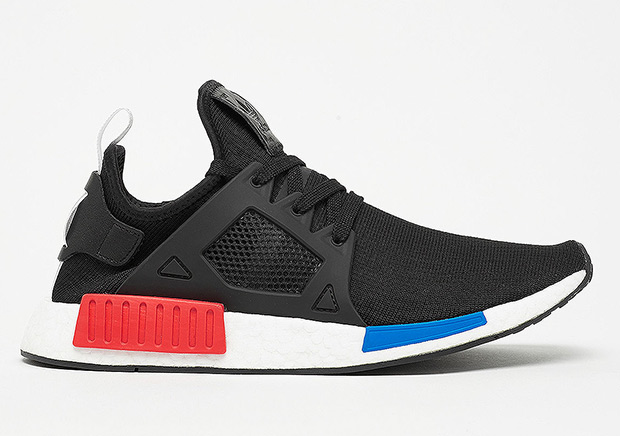How Adidas started!? (20+Photos)
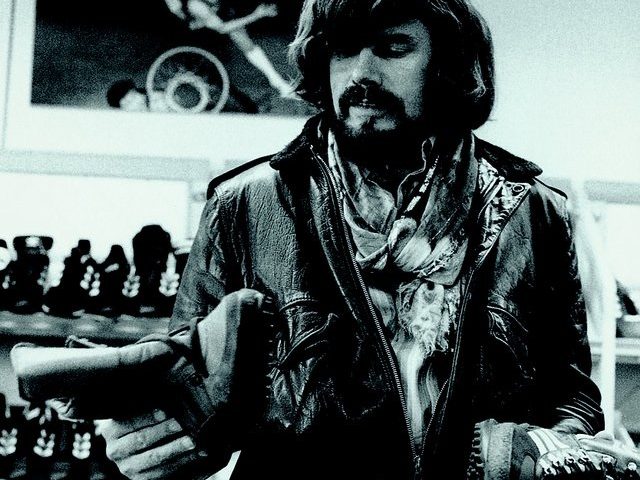
HISTORY
We started in a wash room and conquered the world. And in-between, we have scored big and also, sometimes, struggled to reach our goals. We have done our best for the best. We have improved and grown. Looking ahead to the future, always remembering where we came from. This is our story.

THE EARLY YEARS
Every great story has a beginning. This one started in a small town in Bavaria, Germany. After first steps in his mother’s wash kitchen, Adi Dassler registered the “Gebrüder Dassler Schuhfabrik” in 1924 and embarked on his mission to provide athletes with the best possible equipment. Gold medals in Amsterdam (1928, Lina Radke) and Berlin (1936, Jesse Owens) were first rewards and milestones – and only the start of our story.

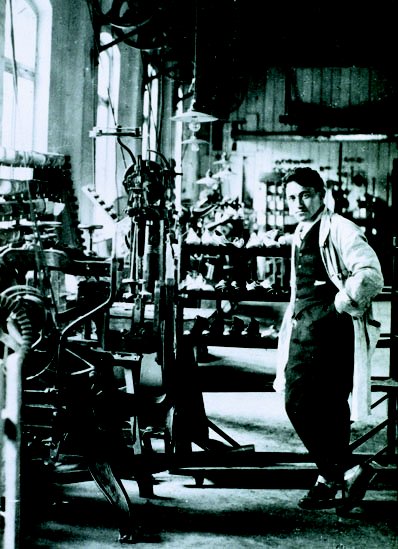
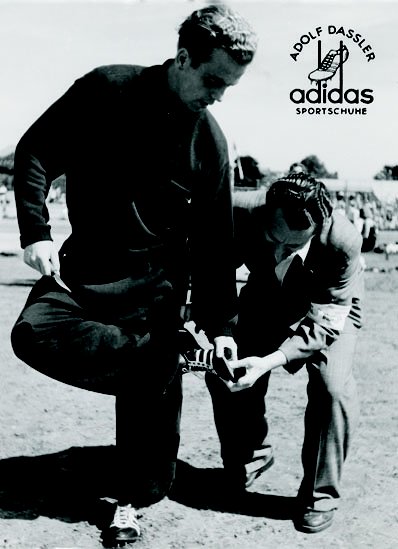
FOUNDING FATHER
On August 18, 1949, Adi Dassler started over again at the age of 49, registered the “Adi Dassler adidas Sportschuhfabrik” and set to work with 47 employees in the small town of Herzogenaurach. On the same day, he registered a shoe that included the registration of the soon-to-become-famous adidas 3-Stripes. From humble beginnings to a global success story – which was accelerated by a miracle …
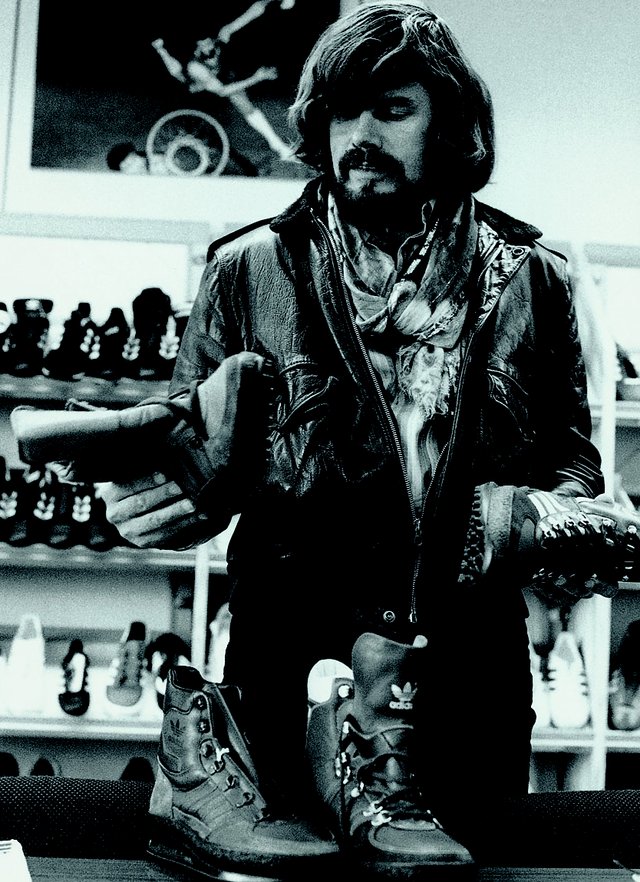
A MIRACLE IN BERN
Who would have thought that screw-in-studs on lightweight football boots would help write history? When the German national football team faced the unbeatable Hungarians in the 1954 World Cup final, they won so much more than just a trophy. Their unbelievable victory would be heard around the world for decades to come. And it made adidas and its founder a household name on football pitches everywhere.
REEBOK: A BROTHER-TO-BE, STILL MILES AWAY
Two brothers working together for the best of the athlete. Sounds familiar? Well this story started across the channel, miles away from Herzogenaurach. While adidas continued to grow after its own 1954 miracle, two British men by the names of Joe and Jeff Foster gave their grandfather’s company “J.W. Foster and Sons” (founded in 1895) a new name: Reebok. Keep it in mind for now, we will get back to this later.
FINE FEATHERS MAKE FINE BIRDS
What’s in a name? Everything, when you name it after a “Kaiser”. When the Franz Beckenbauer tracksuit model celebrated its debut, it became the first piece of apparel for adidas and opened a whole new business to a company that, so far, was famous for shoes.
THE ATHLETES’ TRUST
How do you consistently earn the trust of world-class athletes through the decades? Produce innovative products that make them better for once. Adi Dassler’s secret to success had an additional personal ingredient: he met with athletes (some of them even as visitors in Herzogenaurach), listened carefully to what they said and constantly observed what can be improved or even invented to support their needs. The best of the best trusted adidas and its founder from the beginning. And that would not change throughout the decades to come.


ONE BALL FOR ALL
Footwear for gold medal winners? Check. Apparel for record breakers? Check. Now, how about something to kick with? Consider it done. In 1970, adidas conquered yet another branch of the sporting goods industry, delivering the official ball, TELSTAR, for the 1970 FIFA World Cup™. As the name TELSTAR already tells, the ball was designed to improve visibility on Black and White TV. It was the beginning of a wonderful partnership, with adidas providing the Official Match Ball to every FIFA World Cup™ that followed.
THE TREFOIL AND THE OLYMPIC IDEA
In 1972, the world turned to Germany when the Olympic Games opened in Munich. Just in time for the event, adidas presented a new logo that was here to stay: the Trefoil. Then, symbolizing performance. Today, the adidas Originals collection stands for lifestyle and street. Times may change, but trefoiled quality will always remain
BECOMING A TRUE MULTI-SPORTS SPECIALIST
From Herzogenaurach to the world: the 3-Stripes kept expanding to more and more sports throughout the years. This is reflected in the broad range of athletes who trust adidas to make them better: besides the usual suspects such as the world’s best football players, like the Argentinean national team, outdoor icon Reinhold Messner climbed mountains in adidas shoes and gymnast Nadia Comaneci scored a perfect 10, repeatedly.
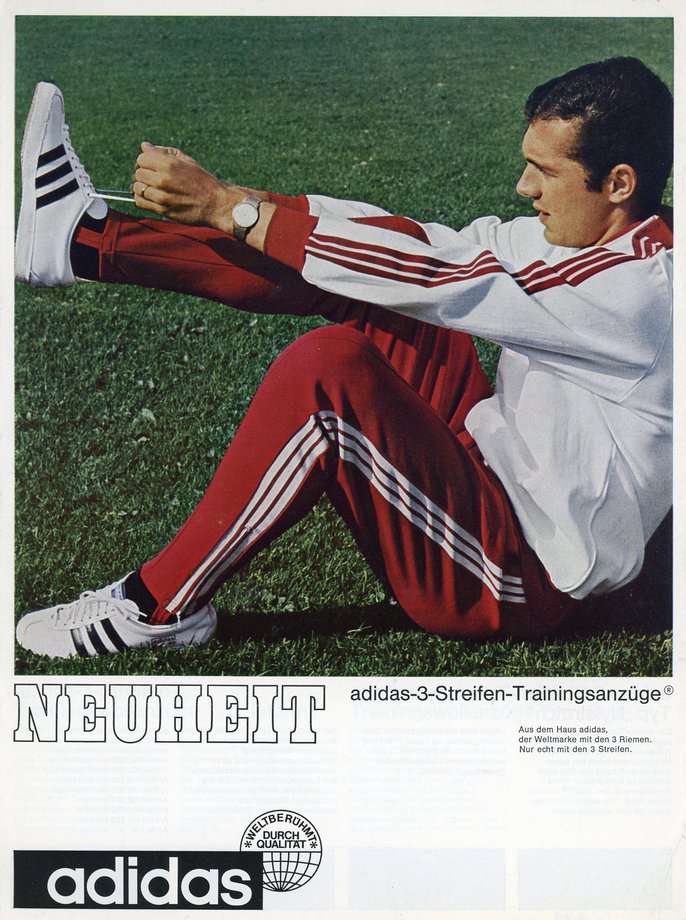
DEATH OF A SHOEMAKER
Adi Dassler died on September 6, shortly before his 78th birthday. The man who almost single-handedly redefined the sporting goods industry and lifted the benchmark by a mile left behind a flourishing company. The end of one Dassler era became the start of another: Adi’s son Horst, with support from his mother Käthe, took over and – among many other things – continued to master his invention, the modern sports marketing.
A BROTHER-TO-BE FINDING ITS WAY – REEBOK ON THE MOVE
30 years after Joe and Jeff Foster renamed their grandfather’s company, Reebok was fit to lead. Literally. Following the booming fitness trend, women around the world work out in the Reebok Freestyle while fitness professional Gin Miller became the face of Step Reebok. And that’s not all: THE PUMP innovation hits markets in 1989, making Reebok a household name in other categories as well.
A COMPUTER FOR YOUR FEET
It sounds quite common today, but back in the ‘80s, a computer did not belong, much less fit, in your shoe. Didn’t stop adidas from putting it in there. An innovation ahead of its time, the Micropacer featured a system – known today as miCoach – providing performance statistics to athletes.
END OF THE FAMILY BUSINESS
Horst Dassler’s sudden death in 1987, two years after his mother Käthe passed away, meant troubled waters for adidas. After the Dassler family exited the company, it is changing leadership and questionable strategic decisions that caused a record loss in 1992 and brought the company near bankruptcy. But who does not love a comeback story?
A SLEEPING GIANT’S NEW MASTER
Robert Louis-Dreyfus. The new CEO made an almost impossible job seem easy. Together with his partner Christian Tourres, he understood that the almost bankrupt adidas did not need to be reinvented, it simply needed a new direction. He turned the sleeping giant from a sales- to a marketing-driven company and steered adidas back on the growth path. In 1995, six years after becoming a corporation, adidas went public and its new marketing slogan could not sum it up better: “We knew then, we know now”.
INNOVATION NEVER SLEEPS
While the company was still dealing with financial challenges, a new marketing team refocused adidas on what it has been known for years: making athletes better. Some of the most famous adidas innovations, such as Torsion (1989), the Equipment concept (1991), the Streetball campaign (1992) and the Predator football boot (1994), were born in this era.
A NEW TEAM MEMBER – SALOMON JOINED THE GANG
Back on the right track, adidas added a new member to its team. With the acquisition of the Salomon Group and its brands Salomon, TaylorMade, Mavic and Bonfire, the company changed its name to adidas-Salomon AG.
HOME SWEET HOME
The year the company’s share is admitted to the DAX, comprising Germany’s 30 largest quoted companies, adidas-Salomon AG committed itself to its roots and moved into new headquarters just outside Herzogenaurach. The “World of Sports”, a former US military base turned campus, is constantly renewed, extended and modernized over the following years to house the growing company and its employees.
LEADER WITH A DIGITAL VISION
After 15 years, Herbert Hainer passed the CEO baton to Kasper Rorsted in October 2016. Transitioning to adidas after leading the German consumer goods company Henkel for eight years, the Dane was well received among employees, media and investors alike. As fashion and sportswear industries continued to revolutionize with health and fitness merging into a lifestyle concept, Rorsted began steering the company to new successes in a digital era, building on the previously established strategy, ‘Creating The New’.
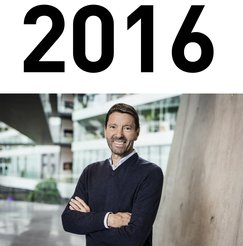
(2017) FOCUS ON KEY COMPETENCIES
With the divestiture of its hockey brand CCM and its golf brands TaylorMade, Adams Golf and Ashworth the company further contributed to its strategy “Creating the New” and focused on its core competencies in footwear and apparel and its major brands adidas and Reebok.
